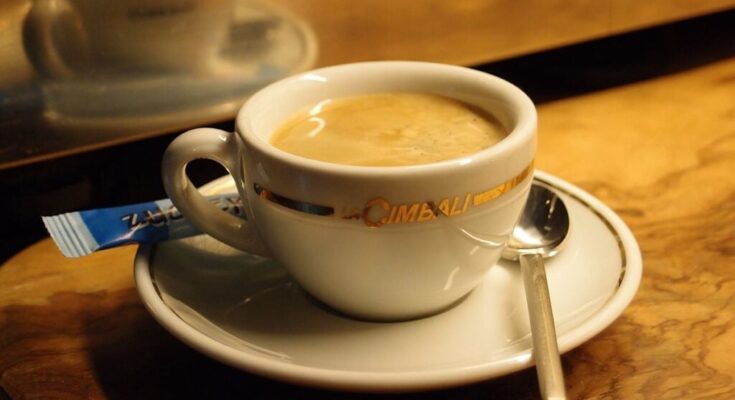
In a recent study, a coffee expert and a volcanologist teamed up to tackle a long-standing coffee question. They looked into the best way to grind coffee.
It’s a topic that sparks debates and even gets people producing YouTube videos on this matter. However, this study brings some clarity to the discussion.
Coffee means serious business, contributing 1.5 percent to the US economy alone. For coffee producers, finding ways to get more flavor from the same raw materials is a big deal, as reported by IFL Science.
Christopher Hendon, a top researcher in materials chemistry at the University of Oregon, highlighted the significance. He said that increasing concentration by ten to fifteen percent using the same amount of coffee can save money and enhance quality.
Triboelectrification process during coffee grinding
When you grind coffee beans, something called triboelectrification happens, creating static electricity. If you’ve ever cleaned a coffee grinder, you know this can be a bit tricky. What wasn’t so clear until recently is how this static electricity affects the final coffee product.
It is important to note that the same kind of static buildup occurs during a volcanic eruption. Joshua Méndez Harper, a volcanologist, explained that during an eruption, magma breaks into tiny particles that come out in a big plume. Throughout this process, these particles rub against each other, building up a charge and even causing lightning.
In a simple way, it’s like when you grind coffee. You take the beans and turn them into a fine powder, according to Harper.
Hendon, Méndez Harper, and their team kicked off their research by measuring static electricity from different types of coffee beans. They looked at various factors such as roast level, caffeine content, country of origin, and moisture levels.
Coffee with more moisture and a coarser grind produced less static electricity. Lighter roasts, which are usually less dry, created more positive charge but overall less charge compared to dark roasts, as reported by IFL Science.
Making coffee with and without a splash of water
Grinding #coffee with a splash of water makes for a more consistent and intense espresso, study finds.
Listen as first author Joshua Méndez Harper explains how it works, and check out the research now published in @Matter_CP: https://t.co/Yht0WcdjwW@chhendon @josh_ko4tl pic.twitter.com/gp97IZB1kj
— Cell Press (@CellPressNews) December 6, 2023
Since moisture content seemed crucial, the team wondered if adding water could be the solution. They brewed espresso using the same coffee beans, comparing shots with and without a small splash of water—something you may have seen baristas do.
Adding just a bit of water of up to 20 microliters per gram not only made each espresso shot more consistent but also prolonged extraction time and resulted in a stronger brew.
Adding water during grinding has a key advantage. It allows for a denser packing of the coffee bed by preventing clumping, as highlighted by Hendon.
This improvement is especially noticeable in espresso, in which clumping is a significant issue. You’d also experience benefits in brewing methods involving pouring water over coffee or in smaller percolation systems like a stovetop Bialetti.
However, methods like the French press, for which coffee is submerged in water, won’t see the same advantages during brewing, according to Hendon.



